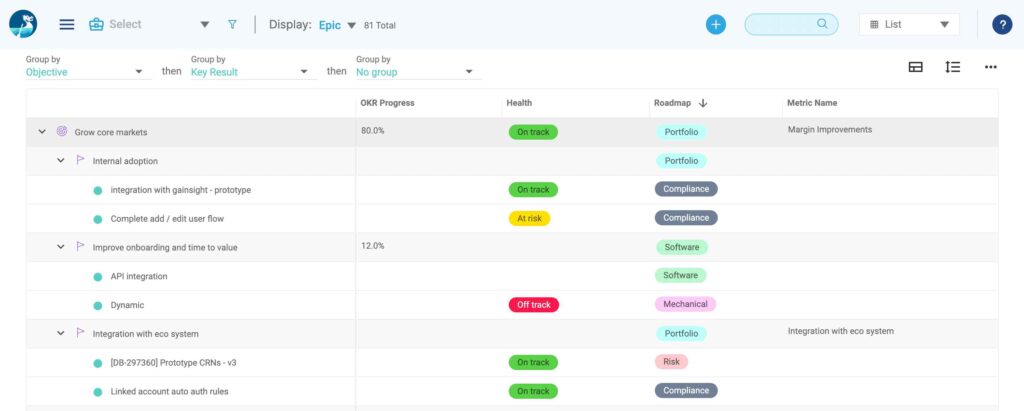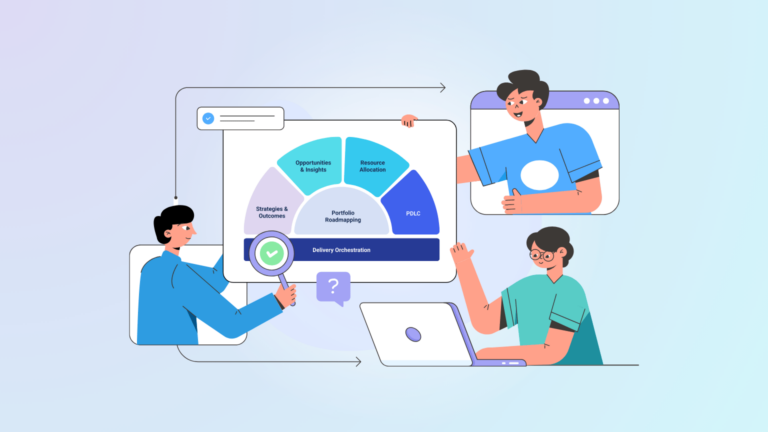Layoffs are hard and they affect everyone, both those laid off, and those who stay. For those who were laid off, there are huge mental and financial implications. We feel for them. For those who stay – they are the future of your company. And they also experience mental and work-related stresses. The potential negative impacts should not be overlooked.
There are many questions and doubts that will arise, such as:
- Am I safe? Will there be more layoffs?
- Should I go look for another job that’s more secure?
- So and so are top performers and they are impacted. This does not seem fair. What does it take to succeed here?
- The company is making good profits and even growing. Why is this happening?
Guiding Your Team to Success After a Layoff
Let me put it bluntly: companies that are “doing well” and are also laying off employees should attribute this to a management failure. However, managers can make smarter decisions if they are operating and making decisions in the fog. That can only lead to poor outcomes and bad consequences.
After the layoffs, the leaders of a company must handle the situation very differently – no one wants to experience what happened at Twitter.
What changes should you make?
Here are some considerations and a 3-phase process for your remaining team:
Phase 1: What to do immediately or within the 1st week of the layoff announcement.
After the news, act quickly to have one-on-one meetings with your team. Do that within the same day or no more than a few days later. Listen actively to the conversation and take notes for future action plans. Be honest and transparent about addressing their concerns.
Phase 2: Challenges to address in a few weeks
With fewer people, there will not be immediate less work. Customers are still there. So are projects, even winding them down takes time. Who will cover what? How not to create burn out, or drop the ball that negatively affects business or customers?
- Solution 1: With a leaner team improving focus and prioritization becomes a must. This includes connecting the different initiatives with the overall business objectives and regularly shifting as needed.
- Solution 2: Reduce overhead work (like reporting, stakeholder updates, etc.) via automated, customized real-time roadmap and updates, using tools to improve efficiency.

How do we create a plan forward after a layoff?
The first step after a layoff is to get everyone on the same page. All the teams need to be aligned and working towards the same goals. A good way to do this is by including other teams in the planning process. This way, everyone knows what’s going on and can work together to make sure that the initiatives have the necessary resources.
Any roadblocks should be called out early. This way you have time to adjust your plans and avoid any nasty surprises later on. And, if you want to make sure everyone is on the same page, use tools to help with alignment and communication. They can be a big help in keeping everyone in sync.
Phase 3: Review and revamp how you will work for future success
Currently, the idea of acquiring a new tool may not be top of mind, however, it’s worth considering from a different perspective. The right tool can help a business do more with less:
- Want to boost revenue? Connect features with revenue and retention goals. You’ll always know where the needs vs the resources and the current plans, making it easier to make adjustments.
- Want to save money? Cut down on all those spreadsheets and decks. It’ll be like having an extra person for every 5 PMs.
- Want to get the most out of your resources? With easy planning, you can avoid wasting engineering resources on waiting or getting blocked by cross-team dependencies.
Dragonboat has helped 3,000+ product teams deliver better business outcomes. If you want to find out more about our solutions, book a demo today.



